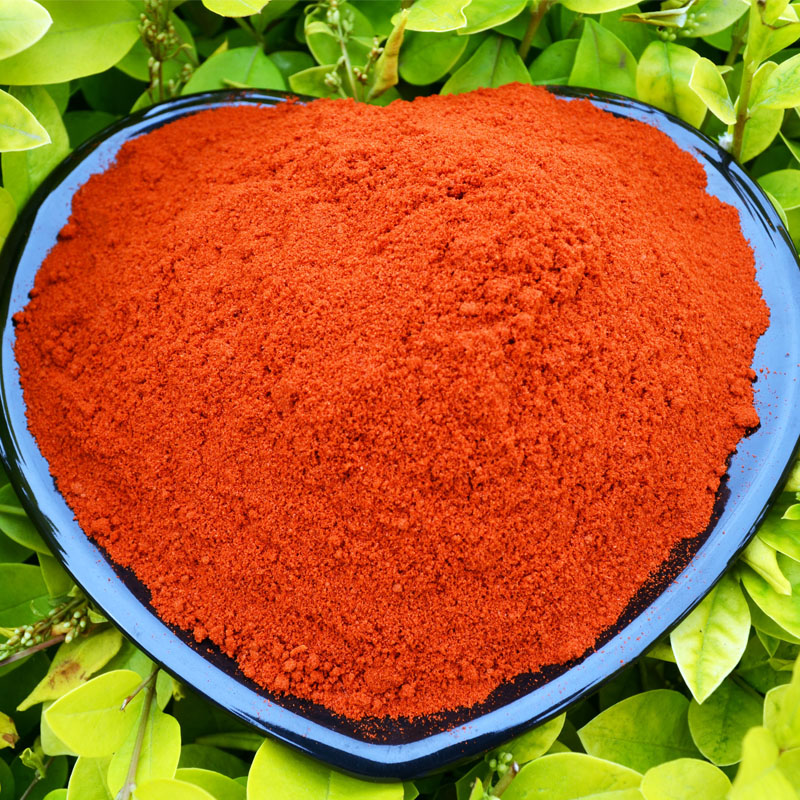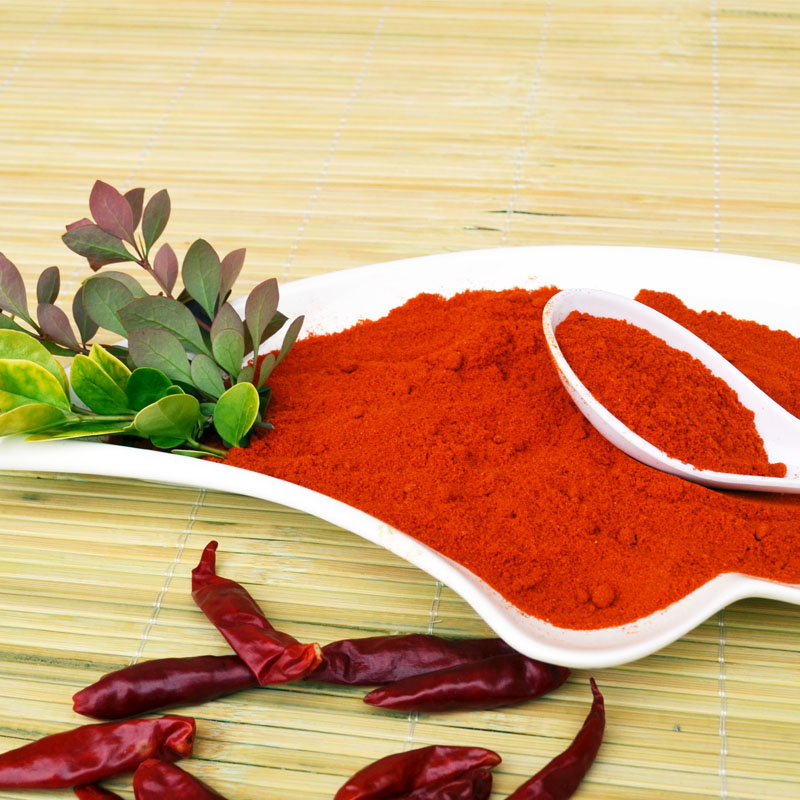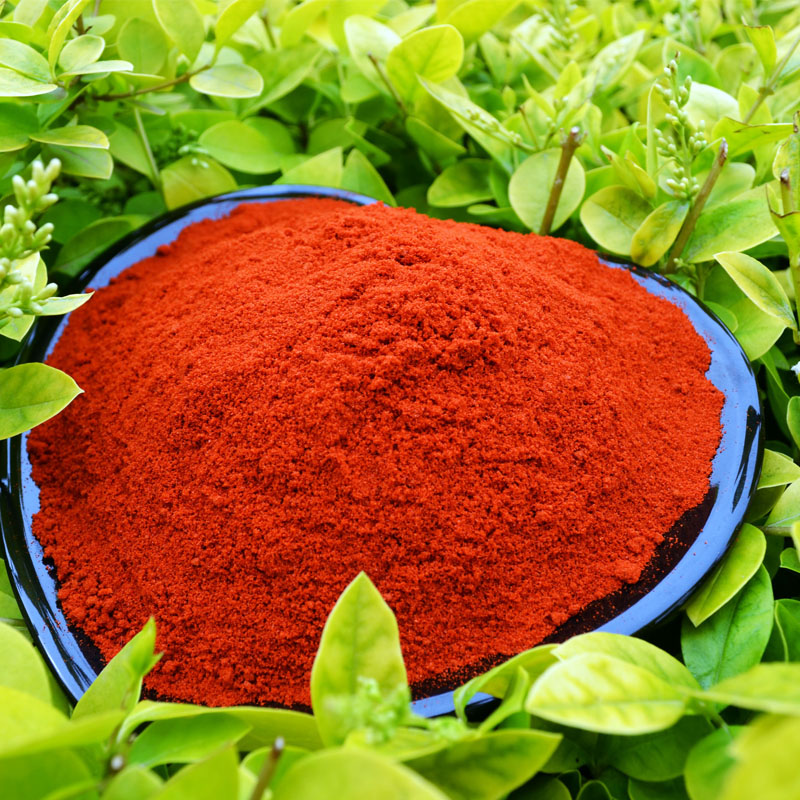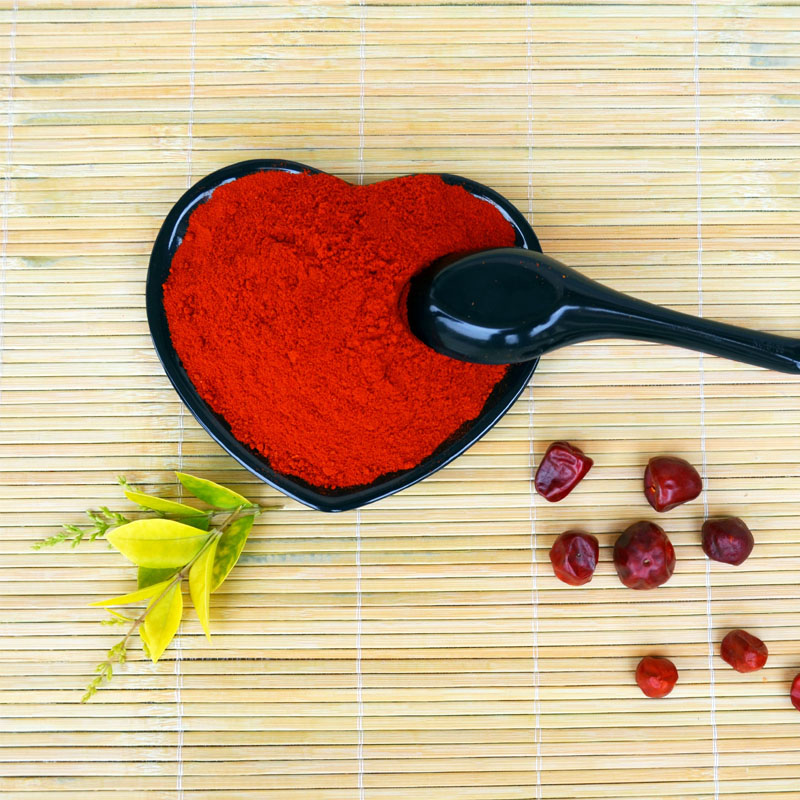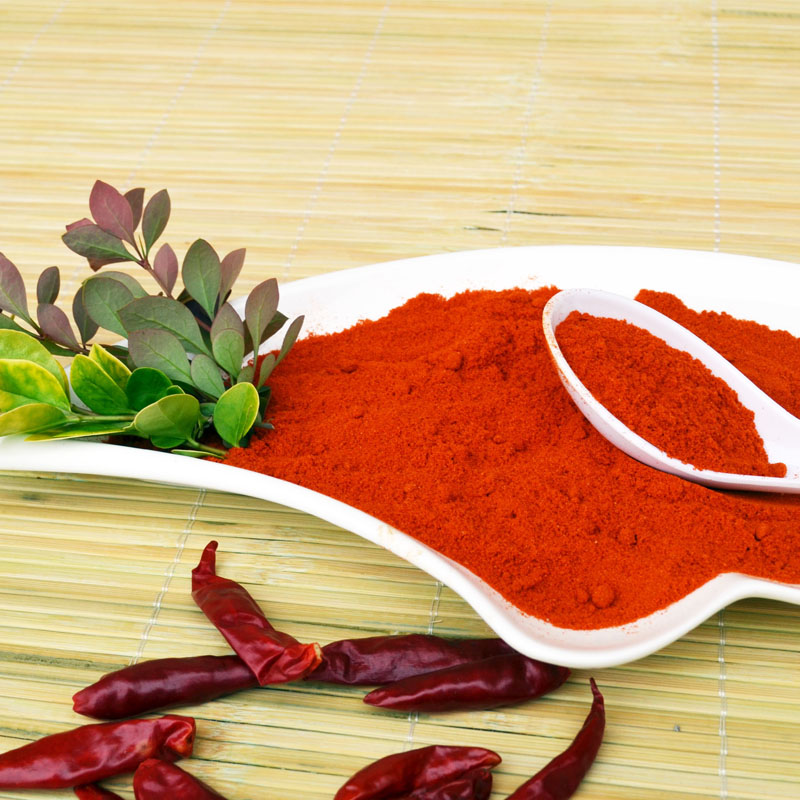
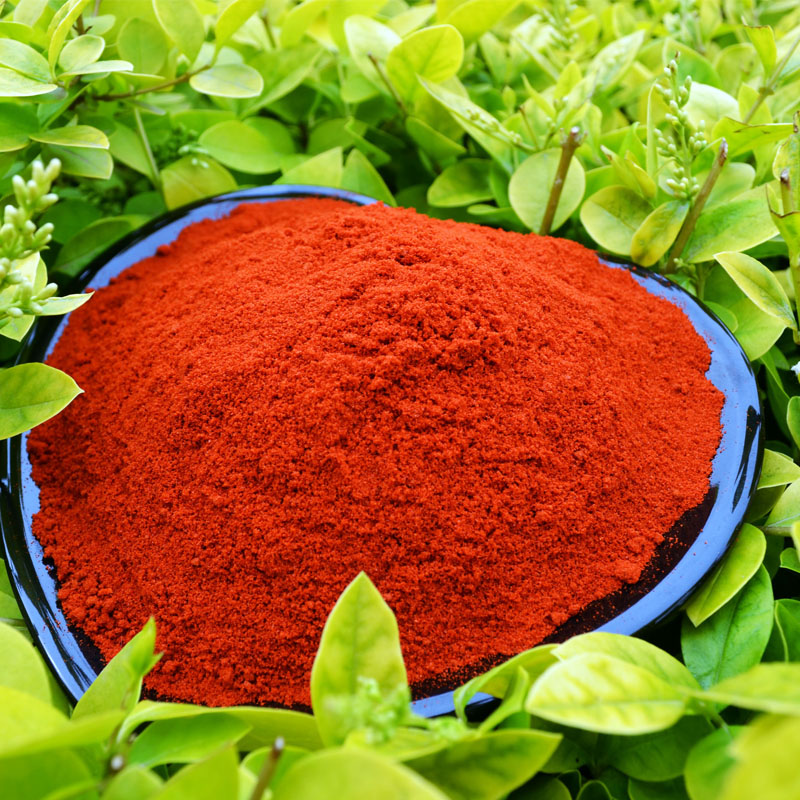
Peb cov khoom siv ntuj tsim thiab tshuaj tua kab dawb nrog ZERO additive yog tam sim no kub muag rau lub teb chaws thiab cov cheeb tsam uas nyiam siv nws thaum ua noj. BRC, ISO, HACCP, HALAL thiab KOSHER daim ntawv pov thawj muaj.
Feem ntau peb cov khoom siv hmoov ntim tau ntim rau hauv 25kg ntawv hnab nrog PE sab hauv lub hnab ntim. Thiab lub khw muag khoom pob kuj tau txais.
Red chili peppers, which are a part of the Solanaceae (nightshade) family, were first found in Central and South America and have been harvested for use since about 7,500 BC. Spanish explorers were introduced to the pepper while on a search for black pepper. Once brought back to Europe, the red peppers were traded in Asian countries and were enjoyed primarily by Indian cooks.
The village of Bukovo, North Macedonia, is often credited with the creation of crushed red pepper.[5] The name of the village—or a derivative of it—is now used as a name for crushed red pepper in general in many Southeast European languages: "буковска пипер/буковец" (bukovska piper/bukovec, Macedonian), "bukovka" (Serbo-Croatian and Slovene) and "μπούκοβο" (boukovo, búkovo, Greek).
